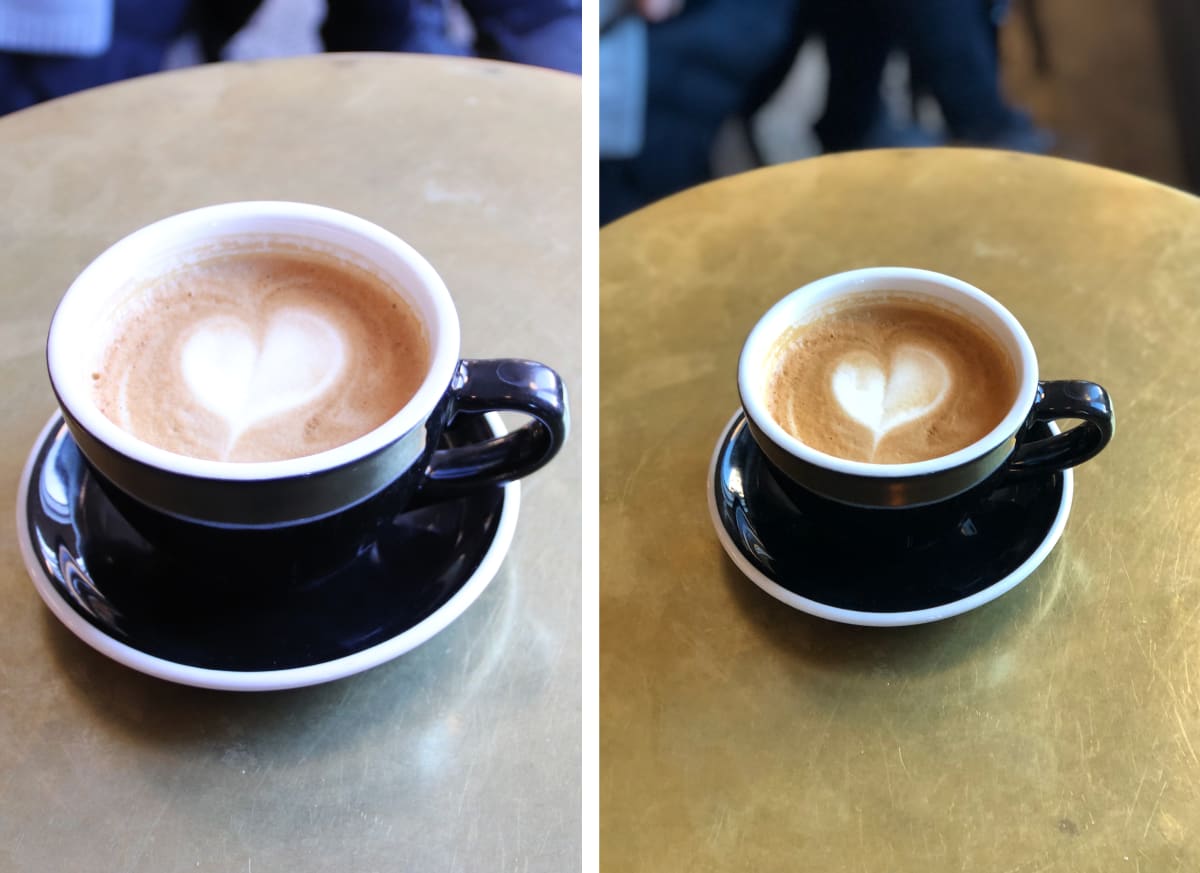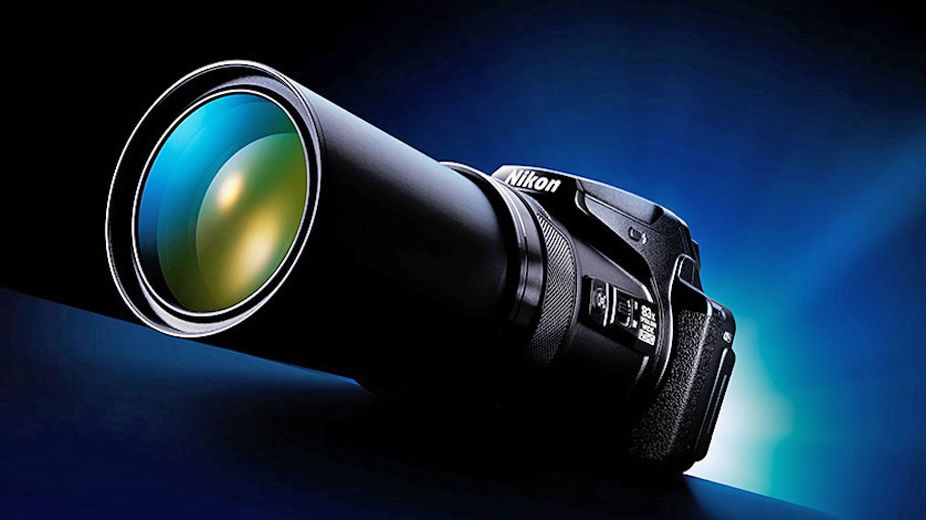The phones benefit from a level of computational photography that no dedicated cameras have. This is critical. No dedicated cameras have anything near comparable processing power, and no dedicated camera manufacturers have anything near comparable ability to create the software.
Unless you really know what you're doing ( plus – actually take the time to apply that skill ), phones are now superior. For "normal" people, phones are superior. And I don't just mean for convenience – I mean for image quality.
Every year, mobile camera technology improves, and every year, I see more articles comparing phones to professional cameras. I decided to carry out my own comprehensive test to finally decide which device is better, the phone or the DSLR. It's fair to say that cellphone cameras have become very...

fstoppers.com
"Overall winner for on-the-go photography: iPhone":
We compared the iPhone 8 Plus to a $750 camera to find out

reviewed.usatoday.com






